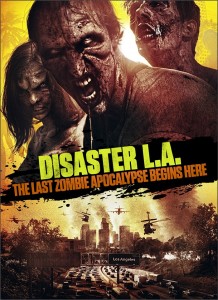As a filmmaker and director, John Carpenter is considered by many to be one of the true “masters of horror.” Although horror films like Halloween (1978) and The Thing (1982) are some of his most notorious films, his long career has spawned many cult classics in many different genres, and his cinematic legacy has inspired many other filmmakers to pursue their own dreams (or nightmares.)
The success of the exploitative slasher flick Halloween came early in Carpenter’s career, and helped to build his reputation as a skilled and multi-talented auteur who could work within a very restricted budget. Despite its meager independent funding, Halloween became one of Carpenter’s highest grossing films, and one of the highest grossing independent films ever made. Not only did Halloween help to define a new genre of slasher films, it also made Hollywood executives take note of Carpenter’s directing skills, and allowed him to be offered many choice projects across different genres.
In addition to his horror hits, he’s responsible for many oft-overlooked sci-fi treasures. The first film he directed was the darkly comedic sci-fi thriller Dark Star (1974), which he also co-wrote and composed the score for. Although the film enjoyed only limited commercial success, it grabbed the attention of film studios and paved the way for other sci-fi films to come. Another largely forgotten sci-fi classic, Starman (1984) was Carpenter’s foray into romantic comedies but still retained his imaginative sci-fi flair with a storyline revolving around a space alien finding true love on Earth. Whether it’s the action packed futuristic flavor of Escape From New York (1981) or the bleak terror of space invaders in The Thing (1982), Carpenter added a science fiction element to many of his films, and can be considered a “master” of sci-fi as well as horror.
With a career spanning decades, John Carpenter was statistically guaranteed to produce a few flops. Commercial and critical failures such as Big Trouble in Little China (1986) and Memoirs of an Invisible Man (1992) tarnished his reputation, and towards the end of his career he stopped making big budget films and returned to the shoestring-budget independent films that initially launched his cinematic career. A noted perfectionist, Carpenter spoke with Robert Rodriguez on on the El Rey Network’s program The Director’s Chair (click here for availability) and mentioned that he never watches his own films: “I can’t stand it. Are you kidding me?” he says. “The instant they start, I see everything I did wrong.”
Success largely proved elusive through much of the nineties for him, and as such he removed himself from the Hollywood scene. But today his influence can be traced throughout contemporary culture, with many recent electronic dance and synthpop musicians citing his scores as a major source of inspiration.
Despite a run of unsuccessful movies later in his career, John Carpenter’s legacy as a master genre filmmaker still survives. After all, many of his poorly received movies from the past went on to claim cult classic status, and his name is still well respected by movie-lovers and students of the craft of filmmaking everywhere.


